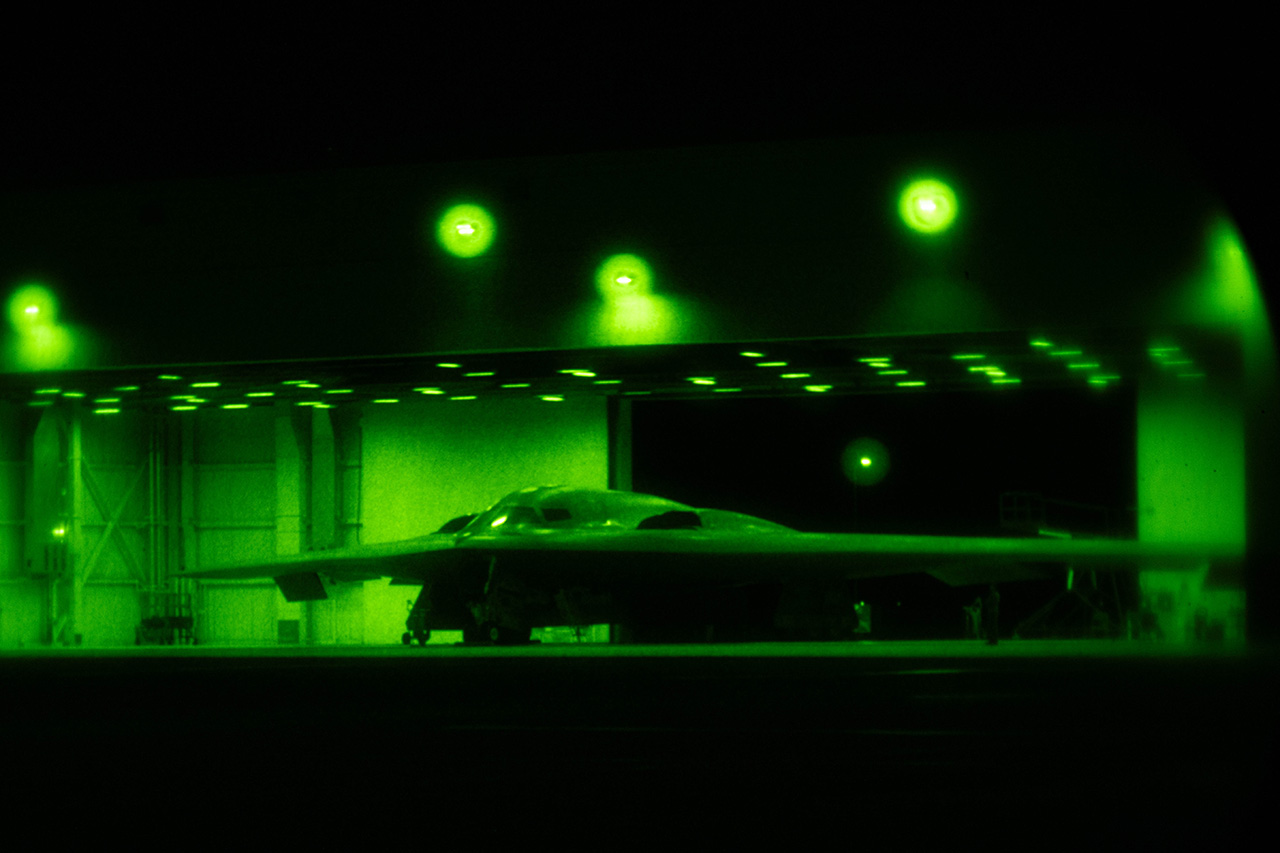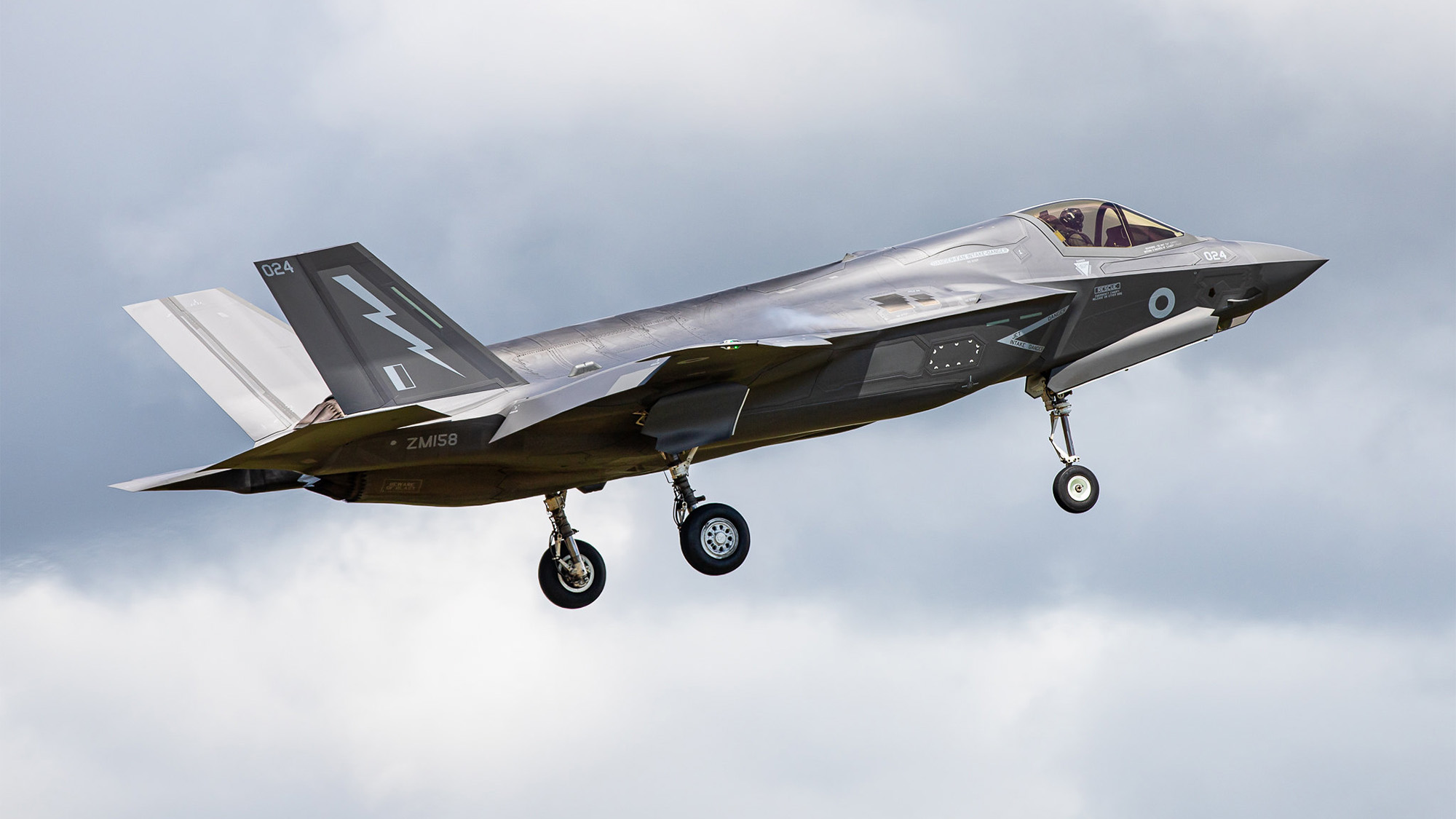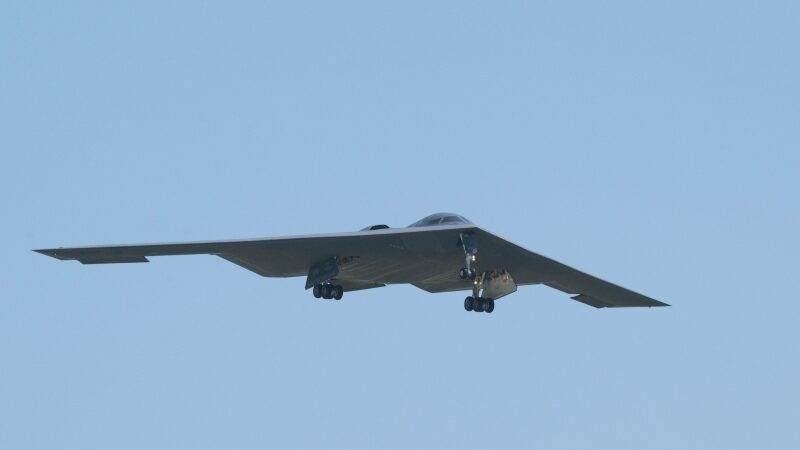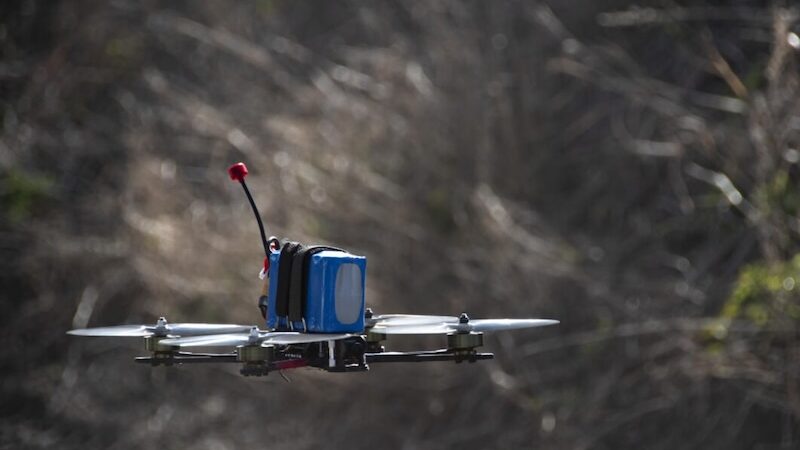Space Force ponders shakeup to LEO satellite strategy, potentially hiring SpaceX for data relay
Contracts for the next-generation Tranche 3, which will replace the earliest Transport Layer satellites, have been paused until the Space Force study is completed, five sources with knowledge of the program told Breaking Defense.


SpaceX Falcon 9 rocket launch from Vandenberg SFB in April 2022. (SpaceX)
WASHINGTON — Space Force chief Gen. Chance Saltzman today confirmed that the service is reconsidering the future of the Space Development Agency’s (SDA) multi-billion-dollar Transport Layer, a network of data relay satellites to rapidly transmit targeting data from US military sensors to shooters.
Speaking at a hearing of the Senate Appropriation Committee’s defense subcommittee (SAC-D), Saltzman said, “Now we have to look at what are the other avenues to deliver, potentially, a commercial, proliferated, low Earth orbit constellation. And so we are simply looking at alternatives as we look to the future as to what’s the best way to scale this [the Transport Layer] up to the larger requirements for data transport.”
And while Saltzman did not mention any potential vendors by name, word that the Transport Layer may be terminated in favor of a contract with SpaceX has been circulating on Capitol Hill for months — with information leaking out slowly in dribs and drabs.
Multiple government, industry and congressional sources have told Breaking Defense that the Space Force study is looking at terminating the Transport Layer after it completes acquisition of satellites currently on contract and potentially moving the data transport mission to SpaceX under the mysterious MILNET program.
The first details about MILNET were revealed last week during the annual MILSATCOM conference. Col. Jeff Weisler, Space Force Delta 8 commander, described the effort as a government-owned, contractor-operated satellite communications (SATCOM) constellation that ultimately would comprise 480 satellites. He added that his team is already “on-boarding” the program, with Delta 8 Guardians preparing to oversee SpaceX operators.
Weisler added that users will be equipped with the company’s ecrypted Starshield terminals to allow them to connect to the MILNET network. While Starshield terminals can connect to both SpaceX’s militarized Starshield satellites and its commercial Starlink network, several industry sources told Breaking Defense the network also will use Starshield birds.
Indeed, Sen. Chris Coons, D.-Del., at the SAC-D hearing today asserted that the Transport Layer already has been replaced by MILNET, and signaled concern over the move.
“And that [SDA] work, which has been going on for several years and had robust competition and open standards, has been replaced by something called MILNET, which is being sole-sourced to SpaceX. No competition, no open architecture, no leveraging a dynamic space ecosystem,” he said.
Despite the finality of Coons’s comments, multiple sources in government, in industry and on the Hill, speaking on the condition of anonymity, have told Breaking Defense in recent days that a decision has yet to be made, as suggested during the hearing by Saltzman and Air Force Secretary Troy Meink.
“As we go forward, MILNET the term should not be taken as just a system. How we field that going forward into the future is something that’s still under consideration, and we will look at the acquisition of that,” Meink said.
The Pentagon has long has touted the Transport Layer as the space-based communications “backbone” of its planned Joint All Domain Command and Control concept, and the constellation is the linchpin of SDA’s overarching Proliferated Warfighter Space Architecture (PWSA). PWSA’s main mission is to rapidly ferry high volumes of targeting data from US military sensing satellites to air-, ground- and sea-based weapons platforms, starting with those dedicated to missile defense.
The agency up to now has been planning to orbit some 450 Transport Layer satellites. Currently, SDA has 27 Tranche 0 demonstration satellites on orbit, 19 of which are Transport Layer birds. The agency plans to begin launching the first 126 Tranche 1 Transport Layer satellites to provide region-by-region operations later this year; and another 182 Tranche 2 Transport Layer satellites to provide global coverage in September 2026.
But contracts for the next-generation Tranche 3, which will replace the earliest Transport Layer satellites, have been paused until the Space Force study is completed, five sources with knowledge of the program told Breaking Defense.
“The solicitations for the Tranche 3 Transport Layer (Upsilon, Lambda, Sigma) remain paused at this time, pending additional budgetary guidance and/or funding availability,” an SDA spokesperson told Breaking Defense on June 13.
There is money for the overall Transport Layer — just shy of $1.8 billion, in fact, according to Pentagon budget documents released today [PDF] — but that document doesn’t say what percentage of that pot of money, if any, is going to the individual tranches of satellite variants. Generally, funds for the Transport Layer components are hard to track in budget documents because the Space Force has bundled them under several different budget lines. However, Coons and Sen. John Hoeven, R.-N.D. said today that the Space Force’s fiscal 2026 budget request contains no funding for Tranche 3.
In response to questions from Breaking Defense, a Department of the Air Force spokesperson would only say the PWSA Transport Layer “remains funded through Tranche 2, as USSF continues analysis to determine the most effective and efficient architecture to fulfil the Joint Force capability needs.”
The Pentagon’s budget documents also show a first-ever Space Force budget line mentioning MILNET, with $277 million slated for FY26.
The Space Force, however, did not respond to specific questions from Breaking Defense about the MILNET program, SpaceX’s involvement or what the FY26 funds are covering. SpaceX, likewise did not respond to requests for comment.
Several government and industry sources told Breaking Defense that the reason for the secrecy surrounding MILNET up to now is that while the Space Force is funding the effort, the actual contract is being managed by the National Reconnaissance Office (NRO).
NRO’s budget is classified, but the spy satellite agency is widely reported to have signed a contract last year with SpaceX worth $1.8 billion to use Starshield birds for its new LEO constellation for intelligence, surveillance and reconnaissance. What relationship that LEO constellation has to plans for MILNET or the data relay mission currently envisioned for the Transport Layer is unclear.
In response to questions about MILNET, an NRO spokesperson said, “We are unable to comment on the budget process and we are not aware of any proposed changes to the mission of NRO’s proliferated architecture.”















































































































































